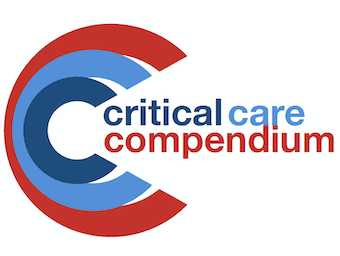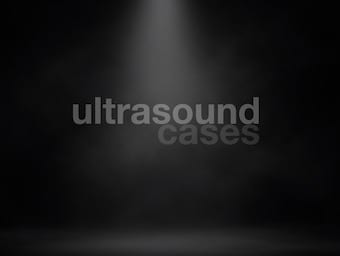
Clenbuterol toxicity
Reviewed and revised 24 May 2014 OVERVIEW MECHANISM OF ACTION TOXICOKINETICS RISK ASSESSMENT CLINICAL FEATURES Effects include: Complications INVESTIGATIONS (Guided by clinical assessment) Laboratory tests MANAGEMENT Resuscitation Supportive care and monitoring Decontamination Disposition References and Links Journal articles

